

Originally published as Dans le Christ redempteur , 1960, by Editions Xavier Mappus, Le Puy, Lyons and Paris.
Originally published in English by Sheed and Ward.
Nihil Obstat: | Joannes M.T. Barton, S.T.D., L.S.S. Censor Deputatus |
Imprimatur: | Georgius L. Craven, Epus Sebastopolis Vic. Cap. Westmonasterii, Die 3IA Jan. 1963 |
___________________________________
Introduction 2013 by Ave Maria Press, Inc.
All rights reserved. No part of this book may be used or reproduced in any manner whatsoever, except in the case of reprints in the context of reviews, without written permission from Ave Maria Press, Inc., P.O. Box 428, Notre Dame, IN 46556, 1-800-282-1865.
Founded in 1865, Ave Maria Press is a ministry of the United States Province of Holy Cross.
www.avemariapress.com
Paperback: ISBN-10 0-87061-277-8, ISBN-13 978-0-87061-277-0
E-book: ISBN: 0-87061-278-6, ISBN 13: 978-087061-278-7
Cover image: Scala/Ministero per i Beni e le Attivit culturali/Art Resource, NY
Cover and text design by John R. Carson.
Printed and bound in the United States of America.
Library of Congress Cataloging-in-Publication Data
Durrwell, F.-X. (Franois-Xavier), 1912-2005.
[Dans le Christ redempteur. English]
In the redeeming Christ / F. X. Durrwell, C.Ss.R.
pages cm
ISBN 978-0-87061-277-0 (pbk.) -- ISBN 0-87061-277-8 (pbk.)
1. Spiritual life--Catholic Church. I. Title.
BX2350.5.D813 2013
248.482--dc23
2012045808
Contents
by Scott Hahn, PhD
Principles of Christian Life
The Sacraments of Christian Life
Reading of Scripture
Christian Virtues
Desire for Them
Our Master in the Christian Life
Mary Amongst Us
Introduction to the Christian Classics Edition
The twentieth century was a time of great tumult, affecting most areas of human life. Technology developed rapidly, enabling mass communication and rapid travel. The world grew smaller, and conversations that were once deliberate and private now took place in the media before an audience that expected immediate resolution. The sense of crisis was artificially constant, and it remains so.
Religion, too, found itself caught in the storms, and Catholics adjusted to the strange spectacle of theologians calling press conferencestheologians cultivated as on-camera sources by television news.
Theology, whose progress had always been measured in centuries, was suddenly supposed to move forward like rocket science, with newsworthy breakthroughs arriving in time for the deadlines of the newsweeklies.
In such a world, F. X. Durrwell (19122005) lived as an anomaly. He worked slowly, carefully, quietly, meticulously. In seven decades of religious life, he produced sixteen books, some of them very small, and he delivered them to press without fanfare or press conferences.
In a time of tumult, he was an apparent throwbacka theologian who prized reflection, contemplation, and careful considerationan academic in no great hurry to publish his first findings.
Yet Father Durrwell, I believe, may have been the most radical and revolutionary voice of his generation. Indeed, upon the publication of one of his early books, a German writer observed: With the publication of this book, there occurs among us something analogous to the revolution of Galilee.
Father Durrwell would put the matter differently. In his work, he strove to turn peoples attention once again to that original revolution of Galilee. He remarked: People sometimes think that the Gospel no longer counts today. In fact, it belongs to tomorrow; it is the future which the Church must try to acclimatize in the present; it alone remains young forever.
Franois-Xavier Durrwell was born on the eve of World War I in the Alsace region of France, near the then-contested border with Germany and Switzerland. He entered the Congregation of the Most Holy Redeemer (the Redemptorists) in 1931 and was ordained to the priesthood in 1936. His order recognized the young mans brilliance and sent him for advanced studies in Rome. There he earned degrees in theology from the Pontifical Gregorian University and in Sacred Scripture from the Pontifical Biblical Institute.
The turmoil of that century was greatest, perhaps, in those years he spent in Rome. The continent was hurtling toward war. At the same time, however, Rome was alive with intellectual ferment. The biblical, liturgical, and patristic revivals were coming into their own, as was the Thomistic revivalthe renewal of the study theology of St. Thomas Aquinas, which had been mandated by Pope Leo XIII in the late nineteenth century. These movements came to be known, collectively, by the French word ressourcement , the return to the sources. These were the intellectual currents that would later flow into the Second Vatican Council (19621965).
His learning was for the sake of teaching. Immediately upon completion of his studies, Father Durrwell proceeded to the work that would occupy the rest of his life: the instruction of seminarians. He would hold professorships in Luxembourg, France, and Belgium.
In 1939 Father Durrwell arrived at the insights that would inspire and direct his work during the many remaining years of his life. The first was his observation that the Resurrection of Jesus, for all its importance in salvation history, had been receiving relatively scant attention in recent theology of redemption. His second great insight was related to the first: Father Durrwell became convinced that the Paschal Mysterythe Passion, Death, and Resurrection of Jesusshould occupy the center of all Catholic doctrine and theology. The Paschal Christ, he said, is the key to the theological cathedral.
These ideas shaped his classroom teaching and, later, his books. Two of his titles stand out for their remarkable effect on the life of the Church: The Resurrection and In the Redeeming Christ .
Father Durrwell is best known for his first book, La Rsurrectione de Jsus, Mystere de Salut (1950), which was based on his doctoral dissertation. After its initial publication, the book took on a life of its own. Unlike most dissertations, which are only read by the members of a doctoral committee (and never get published), La Rsurrectione remained in printthrough ten editions, in more than a dozen translationsfor over fifty years.
Three things stand out about that first book. First, the author did a masterful job of uniting biblical exegesis, dogmatic theology, and sacramental spirituality. Father Durrwell thus overcame what was a growing tendency among Catholic scholars towards academic over-specialization and pastoral irrelevance. Second, he showed the Paschal Mystery to be the center of gravity for Christianityfor biblical revelation, doctrine, liturgy, prayer, and apostolate. Father Durrwell thus anticipated many of the distinctive themes in the teachings of Vatican II and the Catechism of the Catholic Church . Third, he made it possible for Catholics to rediscoverin the Paschal Mysteryhow to unite doctrine and life, liturgy and prayer, morality and the sacraments, spirituality and apostolate.
After the initial success of his academic study of T he Resurrection , Father Durrwell unpacked the practical implications of the Paschal Mystery in the book youre reading now, In the Redeeming Christ . This second book reflects the same concerns as the first, but it is different in its purposes, style, and intended audience. Whereas The Resurrection was composed for a readership of theologians, In the Redeeming Christ offers a series of inspiring meditations for ordinary Catholics. Father Durrwells intention here was to help Catholics discover how the Paschal Christ can become the center and source of spirituality and holiness for everyday life.
Next page

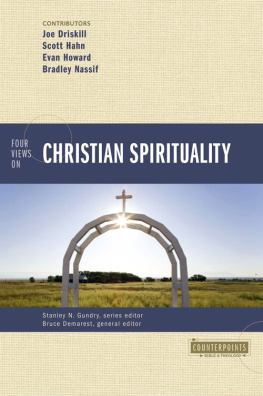
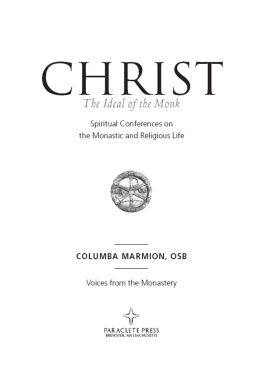

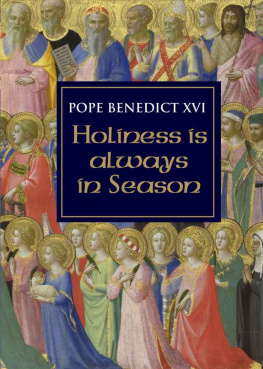
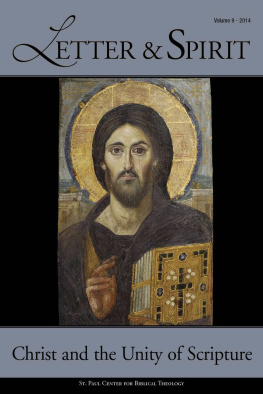
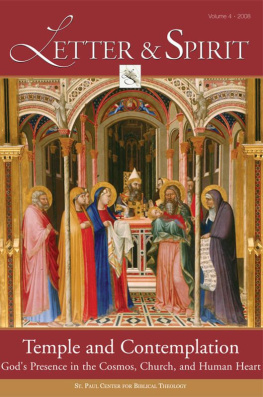


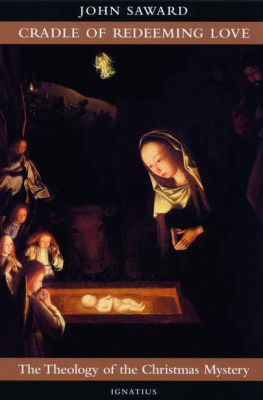

![Scott Hahn [Inconnu(e)] - A Father Who Keeps His Promise: God’s Covenant Love in Scripture](/uploads/posts/book/134748/thumbs/scott-hahn-inconnu-e-a-father-who-keeps-his.jpg)

